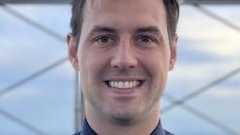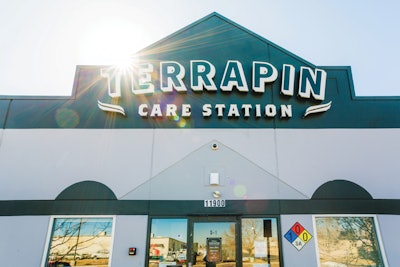
Since it was licensed in 2010 in Boulder, Colo., Terrapin Care Station has offered customers what its owner and chief operating officer Chris Woods describes as “high-quality [and] unique products in a professional, unassuming environment.” But its low prices, extended hours and several locations-one conveniently close to Denver International Airport-might be what keeps Terrapin Care Station’s customers coming back over and over again.
Terrapin Care Station’s five dispensaries-located in Boulder, Denver and Aurora, Colo.-carry the company’s own products, which are grown in its cultivation facilities, as well as flowers, concentrates, edibles and topicals from select partner producers.
Its recent expansion into Oregon, Woods says, is bringing Terrapin Care Station’s national expansion plans to fruition. Terrapin will also be expanding its brand to the Eastern U.S. with new facilities in Pennsylvania.
Woods-along with Shawn Coleman, Terrapin Care Station’s government affairs director; Ian Peak, the company’s head of cultivation; Peter Marcus, its communications director; and Ian Goolsby, its creative director-recently sat down with Cannabis Business Times’ contributing writer Jillian Kramer to share the company’s business success story, details about its expansion into Oregon and Pennsylvania, and more.
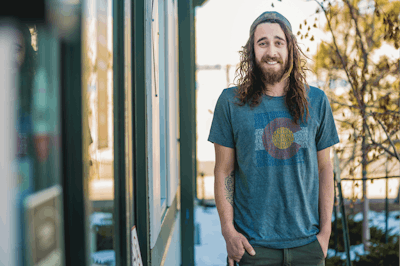
Jillian Kramer: What makes Terrapin Care Station unique in the dispensary world?
Chris Woods: Most of the dispensaries we see in the cannabis industry are either very high-end with costly products, or they offer a bargain, but make you feel like you are still buying from the black market. [We believe] Terrapin Care Station is one of the few outlets that is able to provide a quality product at an affordable price. ... Customers quickly find they have a synergy with us. They connect with our budtenders and relate to the products we carry.
Terrapin has found that its clientele has evolved to include a large chunk of older professionals who are looking for a streamlined, discrete customer service experience. But we also maintain a loyal following of more experienced consumers who are looking for high-quality, unique products in a professional, unassuming environment.
Kramer: How does being vertically integrated help Terrapin Care Station create high standards for its outsourced products?
Woods: Just as vertical integration assists with guaranteeing quality products internally, the same applies when addressing standards for outsourced products. The high standard set by responsible vertically integrated cannabis companies like Terrapin Care Station has trickled down to certain other companies-even newer businesses that were not established through vertical integration. By establishing quality assurances and controls through the vertical market, the cannabis industry in Colorado set itself up for a market where only the best products will survive. When Terrapin Care Station selects outsourced products, the same high standard that applies to our own internal products applies to wholesalers, and so we end up only selecting the top tier for what’s out there.
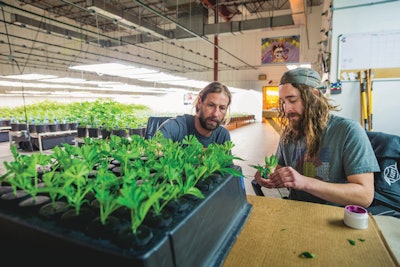
Kramer: How does growing in multiple locations-you have four in Colorado-mitigate challenges like pest pressure? What else have you learned from having multiple grow locations?
Ian Peak: Having separate locations is a definite plus in avoiding [devastating] breakouts of potential pests. If a breakout would occur at one of our four facilities, it would be much easier to maintain than if all four facilities were combined into one single grow. We have [also] developed effective integrated pest management programs, utilizing practices, policies and products that are compliant [with] local and state regulations.
Every cultivation facility is special in its own way. As we have been building new facilities, each one becomes more and more high-tech and advanced. The facility in Oregon, one of our latest cultivation operations, is definitely a state-of-the-art grow. We have learned so much from each of our individual facilities that we now know exactly what we want when creating a new facility. We are taking the most elite aspects from all of our current grows and implementing them into new facilities.
Peter Marcus: We just finished our first harvest [in Oregon] of 66 lights on March 5. … Oregon has suffered from [a saturation] of lower-quality products. … We want consumers to have control over the market. We will be introducing a wide variety of new strains and products in Oregon. While there will be similarities to our product line in Colorado, we believe in planting local roots, so Eugene consumers will [have] an Oregon experience.
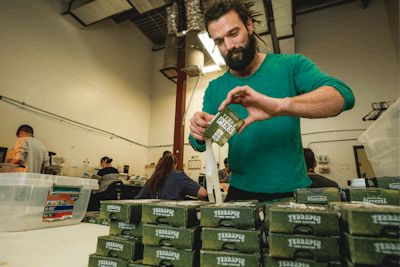
Kramer: Why did Terrapin Care Station decide to expand into Oregon?
Woods: Oregon is very much a sister state of Colorado. We were actively involved with the passage of Measure 91, the 2014 ballot measure that legalized retail marijuana [in Oregon]. Terrapin Care Station was also heavily involved in the legislative process that followed to implement retail marijuana sales [there]. The state’s regulatory structure and business climate is in many ways similar to Colorado’s in the early years of legalization. As such, Oregon was a logical launch pad for Terrapin Care Station to embark on its national expansion plans.
We also found Oregon, particularly the city of Eugene, to be welcoming of the cannabis industry and of the potential impact the industry can have on a city’s social and economic stability. It was a natural fit.
Kramer: What do you say to those with concerns about out-of-state businesses coming into and launching cannabis businesses in Oregon? Why do you think this expansion is a good thing for Oregon?
Woods: Oregon and Colorado natives both take incredible pride in their state and local communities. Terrapin Care Station respects Oregon's wishes to keep their dollars invested in local community organizations and businesses. Our workforce in our Eugene companies is almost entirely comprised of locals. We take as much pride in the services we provide the community as the members of the community themselves [do].
Terrapin Care Station met with local and state elected officials in districts impacted by cannabis legalization to help them understand what the path forward looks like. Meetings also included local business groups, such as the Eugene Area Chamber of Commerce, to which Terrapin Care Station is pursuing membership. We also met with Eugene merchants and neighborhood associations to introduce ourselves to the community. If concerns are raised, Terrapin chooses to address those concerns directly. In the case of Eugene, we heard it would be helpful to come speak to community and neighborhood groups, and plans are in the works to follow through with that commitment.
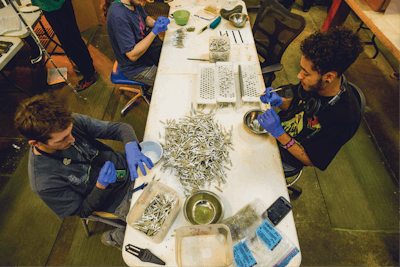
Kramer: What are some of the biggest regulatory differences between Oregon and Colorado’s cannabis markets?
Peak: The differences in testing requirements between Colorado and Oregon are significant. Colorado requires testing for microbial contaminants in order to release products. Oregon does not have this requirement, but instead relies on random testing for microbial contaminants. In Oregon, the only requirements for testing are for potency, pesticides and water activity/moisture content.
We imagine Oregon state regulators may take another look at testing requirements to possibly include microbial contaminants. In the meantime, Terrapin Care Station has developed its own internal mechanisms for controlling microbial contaminants.Kramer: How does Terrapin Care Station’s video marketing strategy and campaign help the company connect and build relationships with its customers?
Ian Goolsby: Moving images can give a look inside a company. [They have] the power to convey a message more accurately. ... Done correctly, videos can entertain and inform. Terrapin Care Station’s videos show off its style more-so than a graphical image or static design. Today’s customer is acquainted with a YouTube world. Any [cannabis] brand not utilizing this platform in a creative manner is simply selling themselves short. We see our video spots as short documentaries. Some serious and some comical. All said and done, they represent Terrapin Care Station’s style-our lifestyle. A picture paints a thousand words, but a video shows a thousand pictures.
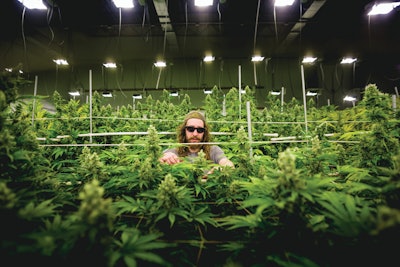
Kramer: How do you envision the Pennsylvania cannabis industry evolving as businesses (like yourselves) enter the market? You’ll be filling a demand void there-can you give us more insight into how those efforts are developing?
Woods: Pennsylvania has one the broadest acceptable-conditions lists for access to the medical marijuana market, but the state currently only allows processed medicine; flower is not currently permitted. Flower was recently recommended by the advisory committee, which [if adopted] will bump the size of the market. There has been a serious rush among grower/processor facilities to fill the demand of the initial patient registry. Terrapin Care Station will be one of the first facilities to come online and help fill this void. We examined the market demand and thoughtfully built our facility out to scale to accommodate the needs of the patient community in Pennsylvania. We also spent significant dollars in engineering the facility to easily expand and fulfill increased demand as the patient registry grows.
Kramer: How does the involvement on both Eastern and Western regions of the country mold your cultivation style?
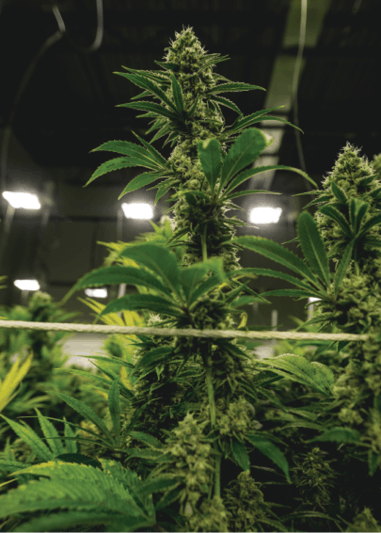
Peak: West Coast growers, especially in the Oregon area, have a background in outdoor growing. While the techniques used in outdoor cultivation are drastically different than for indoor sites, many of the same techniques can be incorporated and adapted for a large-scale indoor operation. Similarly, the East Coast has had to deal with significant climate issues, such as humidity and colder winters. Many of the styles adopted in East Coast grows to adapt to the climate can be incorporated for indoor cultivation there. Taking this mixture of growing styles and skills, and adapting for larger wholesale and retail operations allows for Terrapin Care Station to incorporate the broadest skill sets to produce the best, most diverse products.
Kramer: Terrapin Care Station supports various causes and organizations. Which ones do you support, and why is this important to you to support these causes and organizations?
Woods: We have placed a focus on veterans, as Terrapin Care Station works to highlight the opioid epidemic [among veterans] and how cannabis can serve as an alternative. In Pennsylvania, we aim to hire a workforce of 30-percent veterans. We also are working with community partners to rebuild a veterans’ memorial in Lock Haven, Penn.
[But] veterans aren’t our sole focus. By supporting other causes, such as local arts and groups fighting homelessness and advocating for LGBT rights, Terrapin Care Station is leaving a legacy of social consciousness in the communities we serve. Our goal is to assist organizations that struggle with funding, but embody the heart and soul of the community. We want to ensure that the communities we serve thrive, as it is our opinion that in a rising tide, all ships rise.










